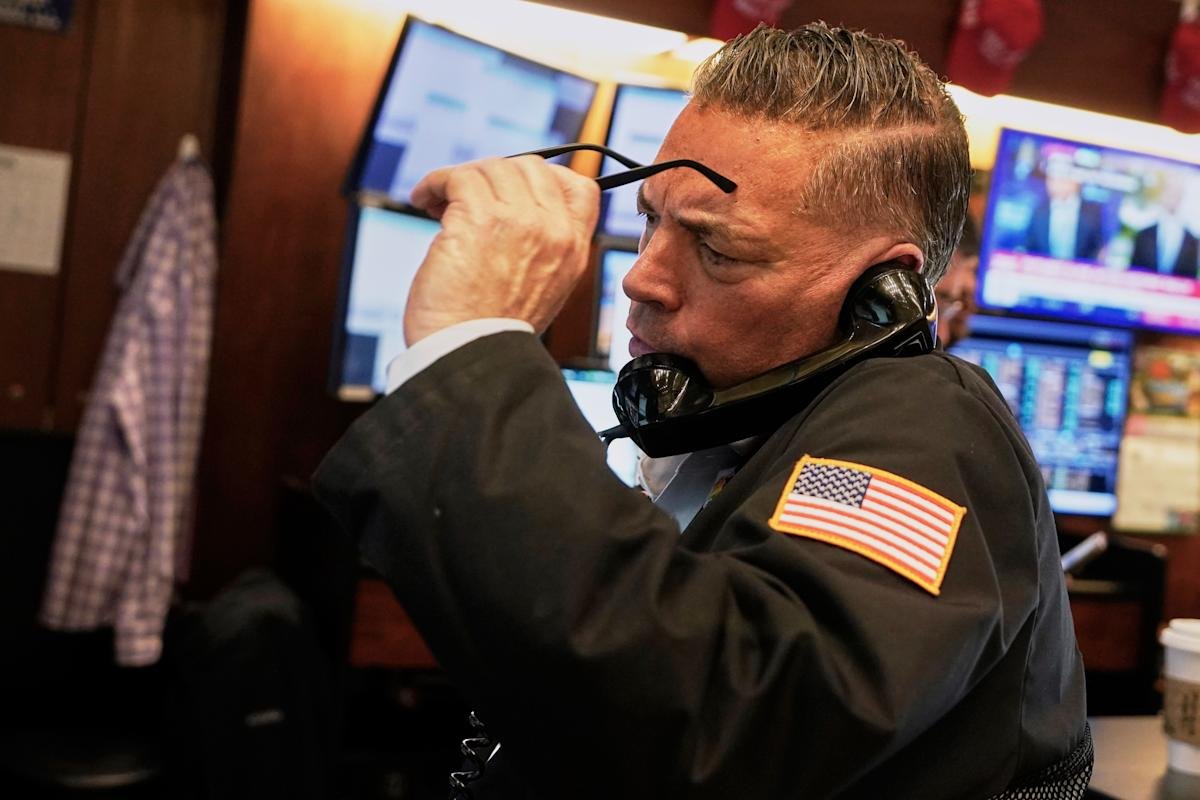The emerging theme from this week’s tariff-sparked whiplash on Wall Street is whether the volatility in US bonds and the dollar signals waning appetite for US assets and their roles as safe-haven assets.
The US Dollar Index (DX-Y.NYB), a key measure of the dollar’s strength against a basket of major currencies, fell below the 100 level to its weakest point since April 2022.
Meanwhile, the 10-year yield (^TNX) surged to its highest level since February to trade at around 4.53%, a massive 66 basis point swing from Monday’s low of 3.87%. When demand for bonds is lower, their yields rise.
The moves this week were sparked by escalating trade tensions between Washington and Beijing, as the US raised tariffs against Chinese goods and China increased levies on American imports.
“Beyond trade frictions, there’s a worrying trend: a decline in the appeal of the dollar and U.S. Treasury bonds as safe-haven assets,” wrote Quasar Elizundia, research strategist at Pepperstone.
“Historically, during times of global uncertainty, these instruments attracted capital seeking safety. However, current dynamics suggest a disconnect. Even amid global turmoil, the sentiment toward the dollar and Treasuries as safe havens is turning negative — a sign that something fundamental may be shifting.”
Perhaps enforcing that sentiment is the rise in gold (GC=F), which surged above $3,200 on Friday to hit a fresh record.




